China’s consumer inflation showed a notable uptick in January, driven by seasonal spending linked to the Lunar New Year holiday.
The country’s Consumer Price Index (CPI) increased by 0.5% compared to the same month last year, marking the fastest rise in five months. This acceleration follows a modest 0.1% increase in December, and surpassed economists’ expectations of a 0.4% rise, according to data from the National Bureau of Statistics. However, despite the boost in consumer prices, underlying economic pressures remain, as deflation continues to affect China’s factory sector.
The increase in consumer prices was driven by factors such as higher costs for travel and entertainment during the holiday period. Airline ticket prices surged 8.9%, tourism inflation rose 7%, and ticket prices for movies and performances climbed by 11%. These price hikes are typically seen in January, when Chinese consumers prepare for family gatherings and travel during the Lunar New Year, which fell in January this year, unlike in 2024 when it was in February.
Core inflation, which excludes volatile food and fuel prices, also picked up in January, rising to 0.6% from 0.4% in December. While these numbers suggest some degree of inflationary pressure, analysts are cautioning that deflationary forces persist in China’s industrial sector, with the Producer Price Index (PPI) falling 2.3% year-on-year in January. This marks the 28th consecutive month of declining factory-gate prices, indicating weak demand in the manufacturing sector.
Despite the modest rise in CPI, the overall inflationary trend remains relatively subdued, and deflationary pressures are expected to continue unless domestic demand strengthens. Experts suggest that the weak factory demand is a key factor, exacerbated by the trade tensions between China and the United States, especially with the new tariffs imposed by President Trump. These tariffs add additional strain to China’s economic recovery and put pressure on the country to stimulate domestic consumption.
While there was a temporary boost in consumer spending during the holiday period, per capita spending only grew by 1.2% compared to the previous year, a significant slowdown from the 9.4% growth seen in 2024. This mixed performance highlights concerns about consumer confidence and the ongoing challenges posed by weak wage growth and job security in the country.
The government is expected to take further steps to address these challenges, with plans for increased government spending and potential interest rate cuts. With household wealth strained by a prolonged property slump, Beijing has made boosting consumption a top priority for the year, marking the second time in a decade that it has done so.
For now, the immediate impact of the Lunar New Year holiday on consumer prices is expected to fade as the year progresses. However, the longer-term deflationary pressures, especially in the manufacturing sector, could continue to weigh on China’s economy unless stronger domestic demand is achieved.


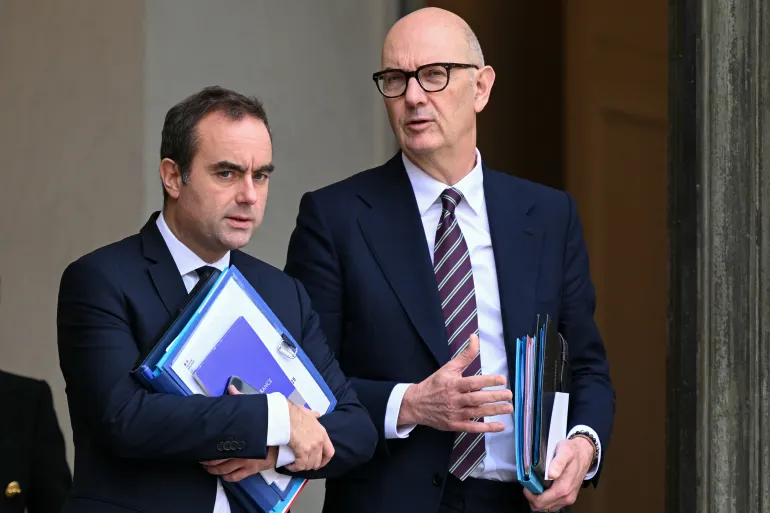
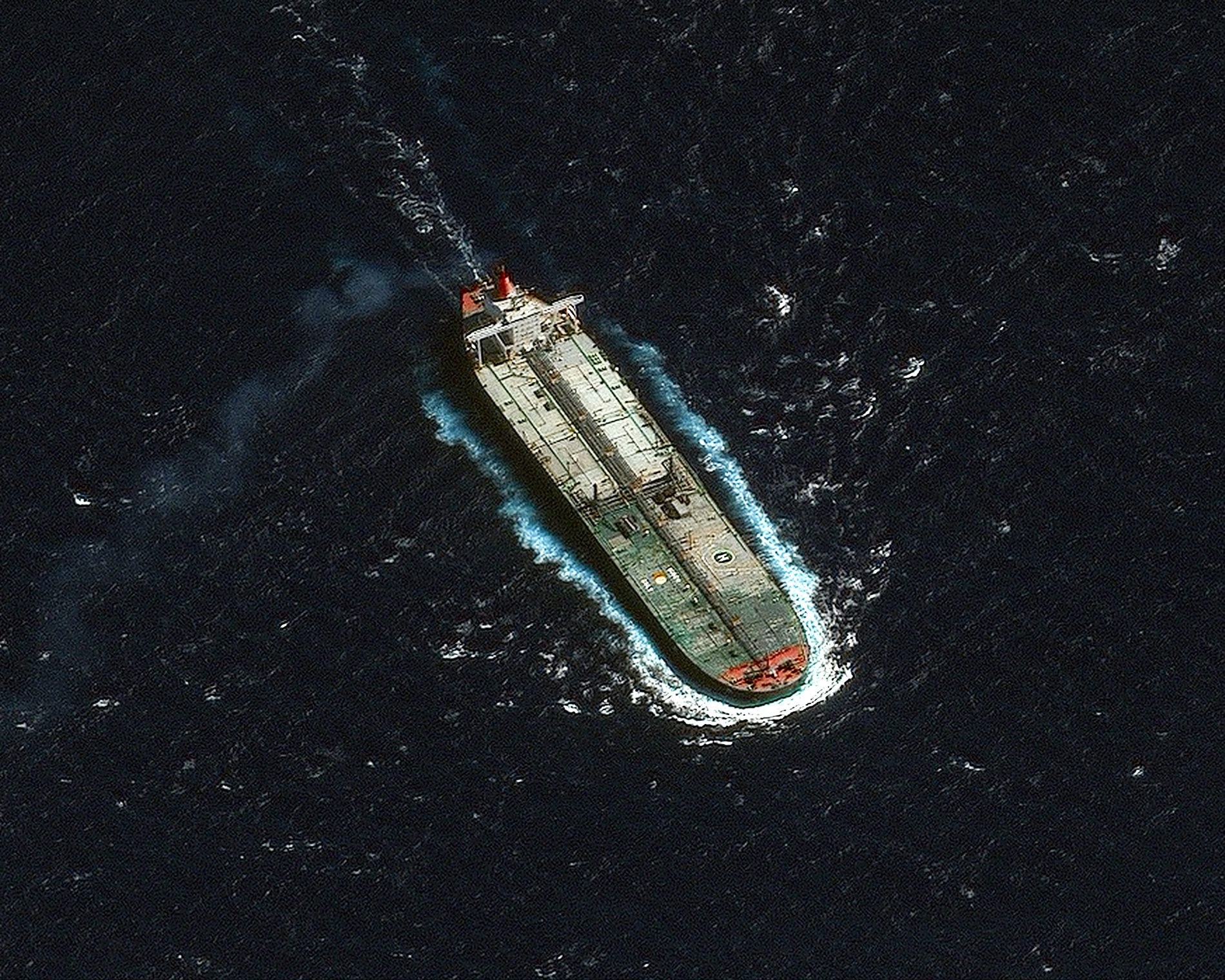
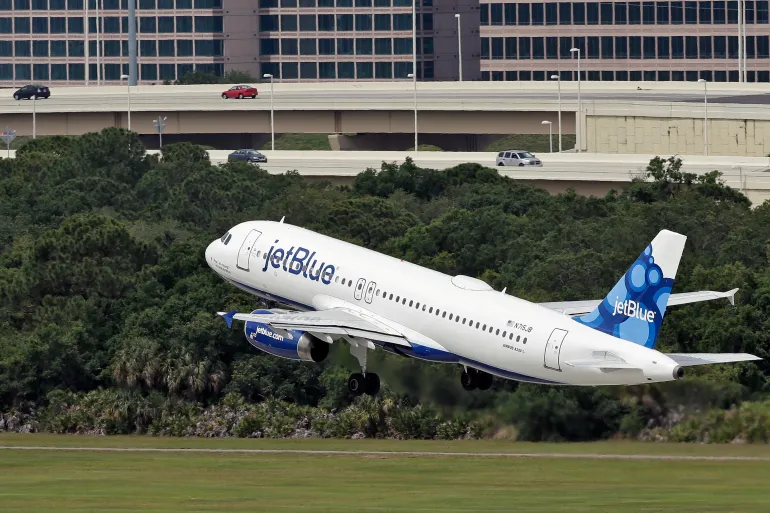
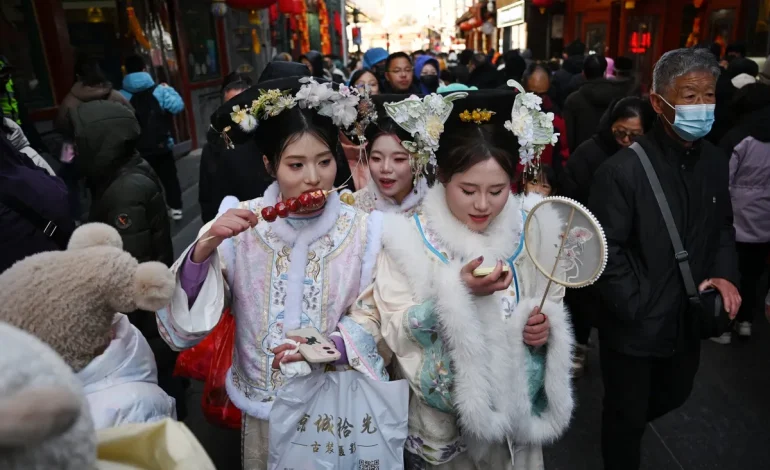


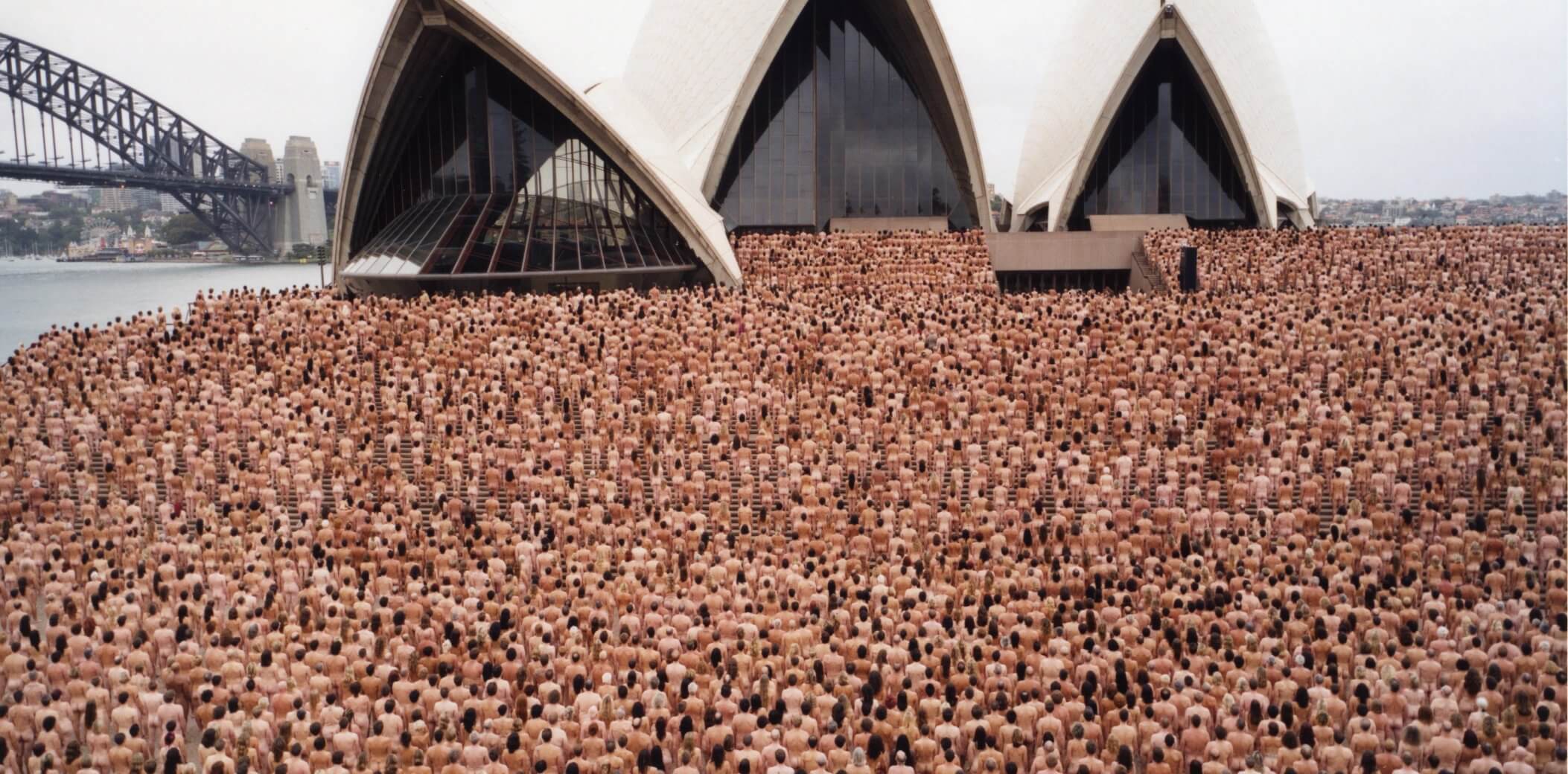

The latest news in your social feeds
Subscribe to our social media platforms to stay tuned